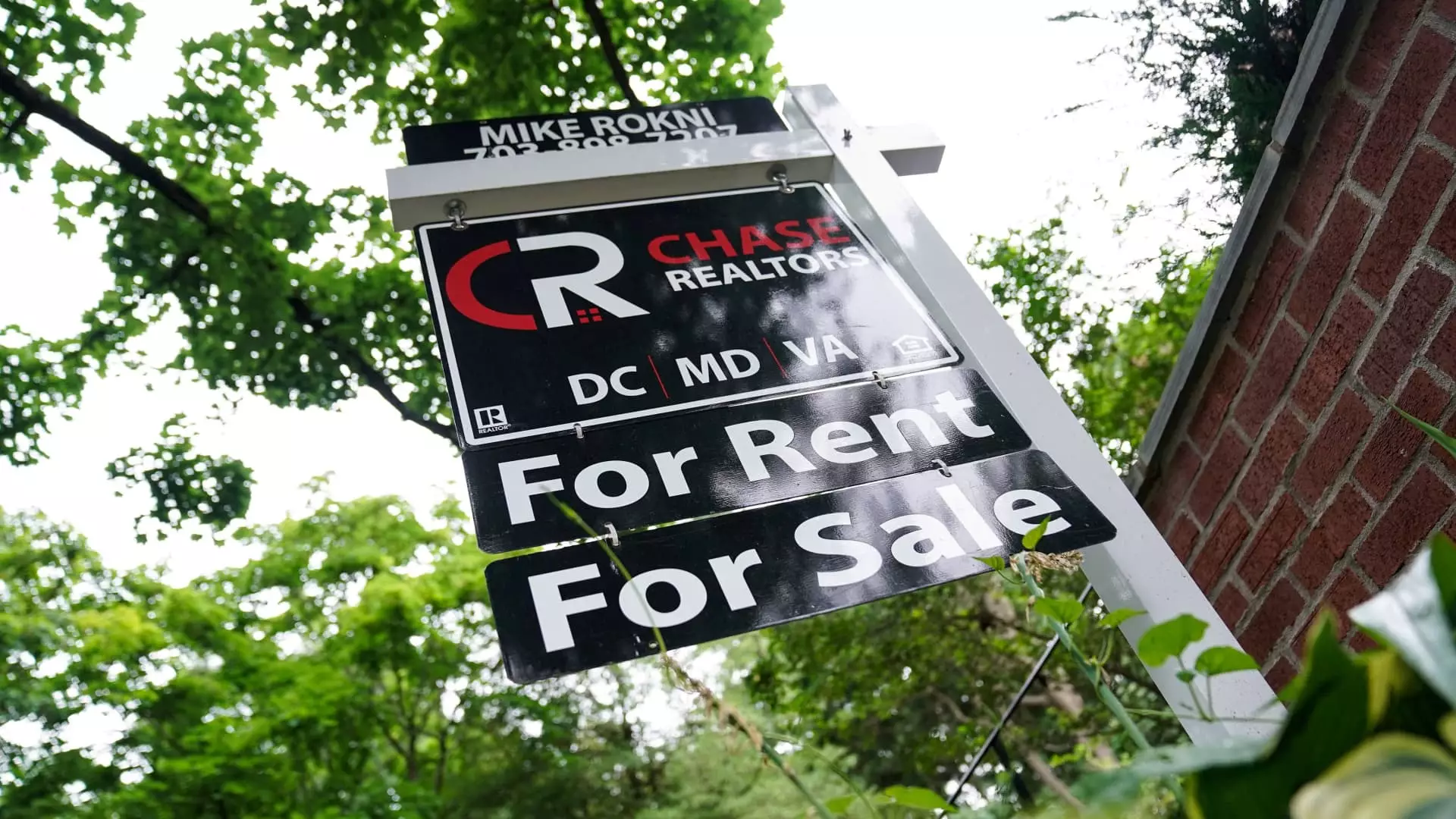In September, the U.S. housing market recorded a notable downturn, with sales of previously owned homes decreasing by 1% compared to August, clocking in at an annualized rate of 3.84 million units. This figure represents the slowest pace of home sales since October 2010, indicating a significant shift in the market dynamics. Particularly telling is the comparison with September 2022, showing a 3.5% decline in sales year-over-year. The National Association of Realtors (NAR) reported that sales dropped in three out of four regions, with the West showing the only upward movement. Such statistics accentuate the localized nature of housing market trends—what affects one region may differ substantially from another, often influenced by economic, regulatory, or social factors.
Impact of Mortgage Rates on Sales
Mortgage rates have played a decisive role in shaping the housing landscape. Beginning in July with rates near 7% for a 30-year fixed mortgage, there was a gradual decline, ending August just below 6.5%. While these rates are still over a percentage point lower than they were a year ago, the fluctuations may yield a hesitance among potential buyers. Lawrence Yun, chief economist for the NAR, highlights a lingering stagnation, stating that home sales have hovered around a four-million-unit pace for the past year. Despite some emerging indicators that might boost sales figures, such as lower interest rates and potentially improved buyer sentiment, the sluggish pace continues to create uncertainty.
The total inventory of homes for sale has seen a modest increase, rising 1.5% month-over-month to 1.39 million units by the end of September. This uptick represents a 4.3-month supply at the current pace of sales and a 23% increase compared to last year. More available inventory is promising for buyers, presenting them with greater options before making purchasing decisions. However, this surge is not necessarily indicative of market health, as the inventory of distressed properties remains low due to a stable mortgage delinquency rate. Distressed sales comprised only 2% of all transactions in September, suggesting that underlying financial strains are limited at present.
Despite the increase in inventory, the competitive nature of the market—as evidenced by persistent low availability—continues to exert upward pressure on home prices. The median price of an existing home sold in September reached $404,500, reflecting a 3% increase year-over-year. Notably, this marked the 15th consecutive month of annual price gains, indicating a consistent trend despite declining sales. Furthermore, the prevalence of cash buyers has surged, composing 30% of September sales, up from 20% pre-COVID. Interestingly, the percentage of investor purchases has dwindled, dropping to 16%, which was down from 19% in August. This shift might imply a more diverse buyer base, but it also underscores the increasing affordability challenges for first-time buyers, who accounted for only 26% of sales this September.
The September data paints a complex picture of the U.S. housing market—marked by declining sales, a slight increase in inventory, and persistent price growth. These trends may signal both opportunities and challenges ahead as buyers navigate a market that is at once competitive yet full of potential uncertainty.

